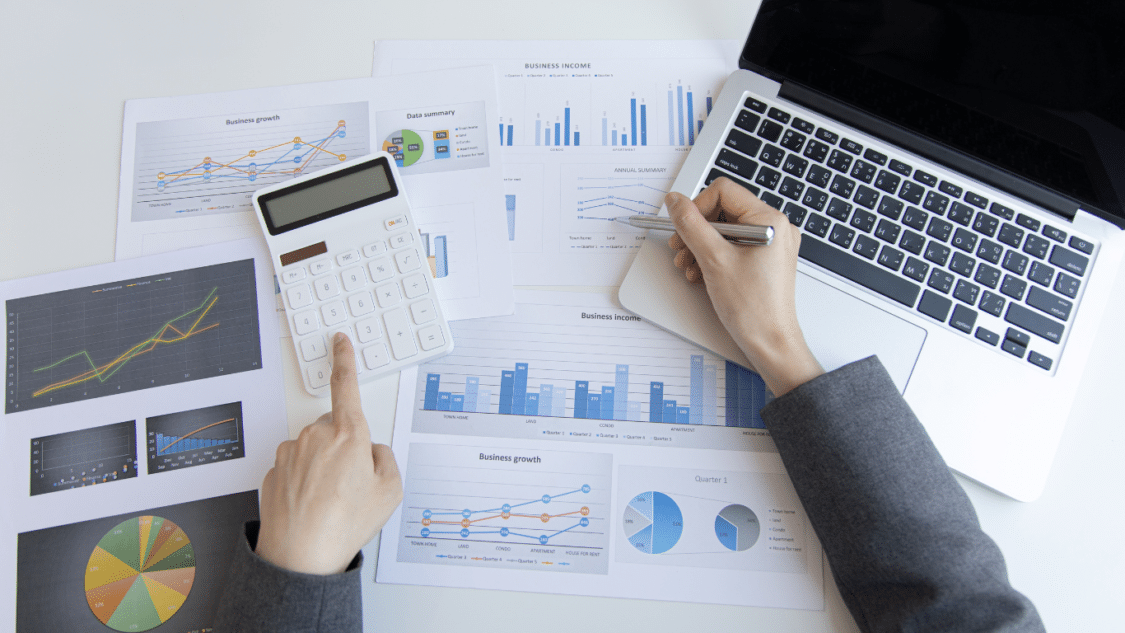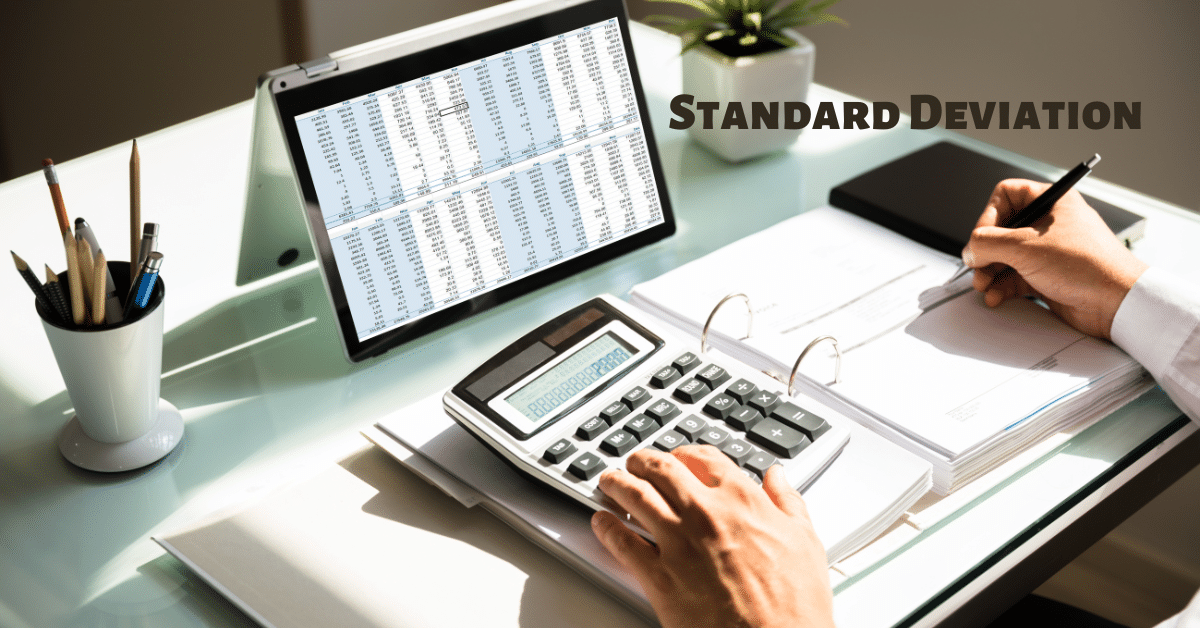
It is a statistical measure that calculates how much the returns of an investment deviate from its average return. In the stock market, it is a measure of the volatility of a stock’s price over time. The standard deviation of a stock’s returns can be used to quantify the stock’s historical risk and to make predictions about future risk.
A high standard deviation indicates that the stock returns have been widely dispersed or that the stock has been more volatile, meaning that its price has fluctuated more widely than stocks with lower ones. A low standard on the other hand, indicates that the stock has been less volatile, with more consistent returns.
This is often used in modern portfolio theory to diversify investments. By investing in a portfolio of stocks with low standard deviations, investors can reduce the overall volatility of the portfolio and thus reduce its overall risk.
Does standard deviation affect the capability of a process in crypto or stocks?
It can also be used to see the capability or risk of an investment in the stock or cryptocurrency markets. In these markets, it usually measures the volatility or dispersion of an asset’s returns over time.
A high standard deviation signifies increased volatility and unpredictability in returns. It represents higher risk in stock or crypto markets. A low standard represents more consistent returns and lower risk.
Investors can use it to determine an investment’s risk and help them make informed investment decisions. For example, an investor looking for a low-risk investment may choose to invest in assets with low standard deviations, while an investor looking for higher returns may choose to invest in assets with a higher sum.
It’s important to note that while this is a valuable tool for measuring risk, it is not the only aspect to consider when making investment decisions. Other factors, such as the economic conditions, industry trends, and the specific characteristics of the asset, should also be taken into account.

How to calculate the standard deviation in the calsio in crypto or stocks?
To calculate the standard deviation of an asset’s returns in the stock or cryptocurrency markets, you can follow these steps:
- Calculate the average return: First, calculate the average return of the asset over a specified period of time by adding up all the returns and dividing by the number of returns.
- Calculate the deviation from the average: Next, for each return, calculate the deviation from the average by subtracting the average return from each individual return.
- Square the deviations: Square each deviation from the average to eliminate negative values.
- Sum the squared deviations: Add up the squared deviations to get the sum of squared deviations.
- Divide the sum by the number of returns: Divide the sum of the squared deviations by the number of returns minus one (n-1).
- Take the square root: Finally, take the square root of the result from step 5 to get the standard deviation.
What is a sample standard deviation in crypto or stocks?
The sample standard deviation measures the variability or dispersion of a sample of returns from an asset in the stock or cryptocurrency market. It provides a way to quantify how much the asset returns deviate from the average return. This is a statistic calculated from a subset of the data and provides an estimate of the population standard deviation.
In finance and investing, this is commonly used to assess the risk of an investment. A higher sample standard deviation indicates that the returns of an asset are more volatile, while a lower sample standard deviation indicates that the returns are less volatile. Investors often use sample standard deviation to measure risk when considering investment decisions, such as choosing between stocks or cryptocurrencies.

What are some other points to consider in standard deviation?
- Standard deviation is a widely used measure: it is one of the most widely used measures of risk and volatility in finance and investing, and it is used by investors, analysts, and traders to assess the risk of an investment.
- It is only one measure of risk: While this can be a useful measure of risk, it is not the only measure of risk, and it is essential to consider other factors, such as the expected return, the correlation between assets, and the overall market conditions, when making investment decisions.
- It is a historical measure: Standard deviation is a historical measure of risk based on an asset’s past performance. While it can provide valuable information about the past behaviour of an asset, it does not guarantee future results.
- Different periods can affect it: The sample standard deviation can vary depending on the time period used to calculate it. For example, a more extended time period will generally result in a lower standard, while a shorter time period will generally result in a higher one.
- It can be used to calculate other measures: it is used to calculate different measures of risk, such as value at risk (VaR) and expected shortfall (ES), which are used to estimate the potential loss of an investment incurred in a given time period.
In conclusion, while this is a useful measure of risk, it is essential to consider other factors when making investment decisions and to keep in mind that it is a historical measure that provides no guarantee of future results.
How To Invest In Cryptocurrencies Through Funds?

